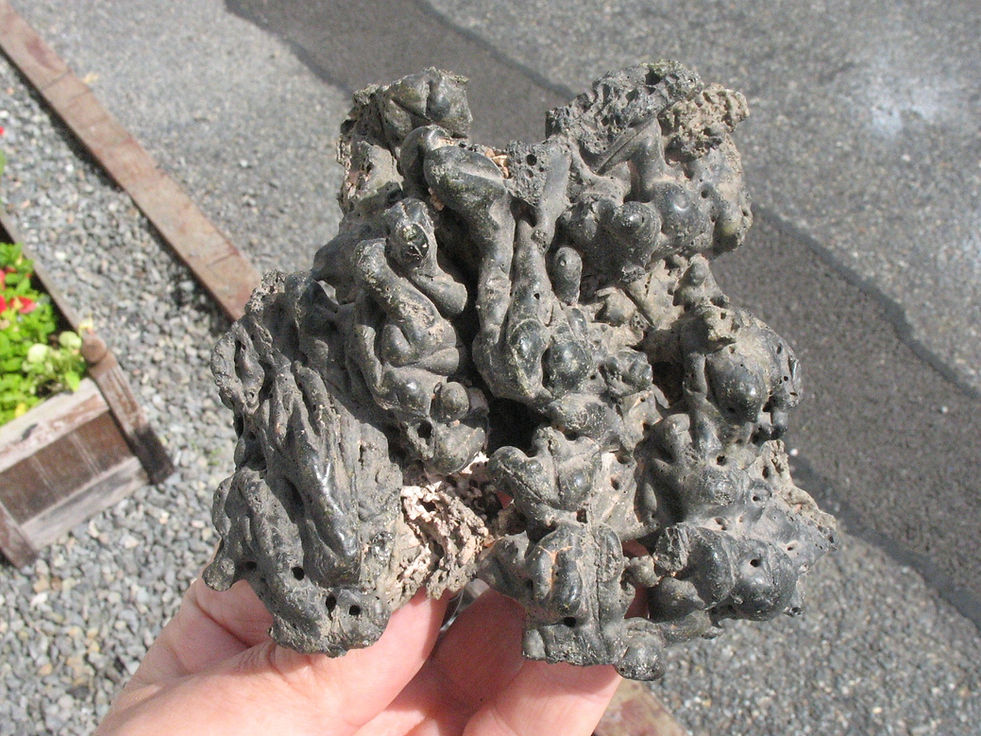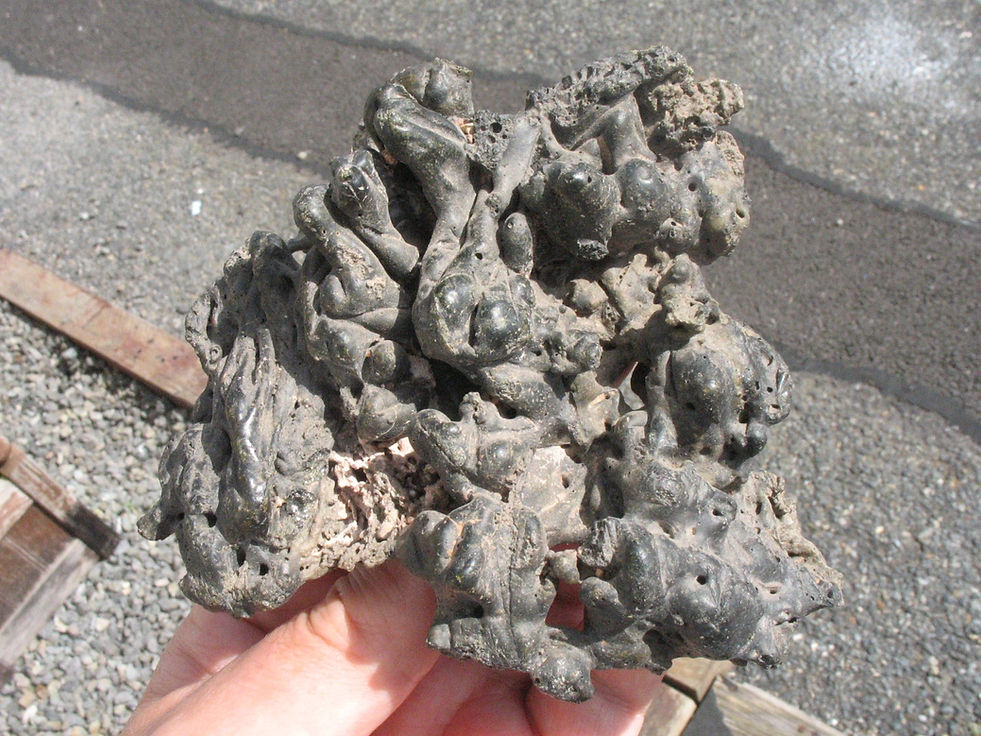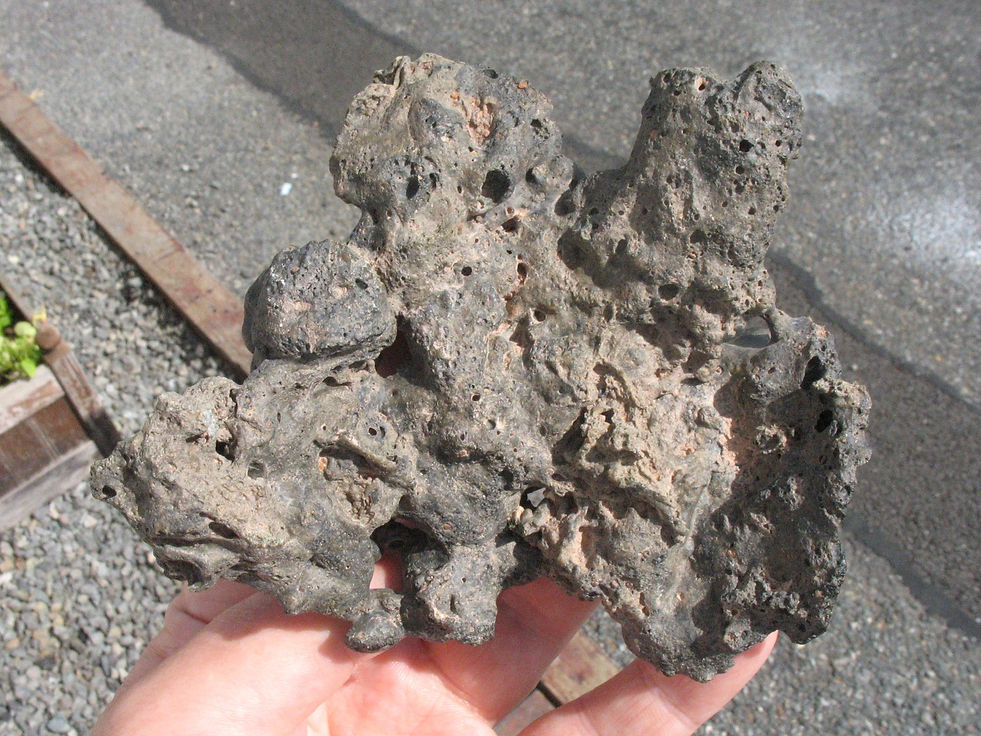
PICA GLASS
Twisted and folded silicate glasses concentrated in certain areas across the Atacama Desert near Pica (northern Chile) indicate nearly simultaneous intense airbursts close to Earth's surface near the end of the Pleistocene. The evidence includes mineral decompositions that require ultrahigh temperatures, dynamic modes of emplacement for the glasses, and entrained meteoritic dust. Thousands of identical meteoritic grains trapped in these glasses show compositions and assemblages that resemble those found exclusively in comets and CI group primitive chondrites. Combined with the broad distribution of the glasses, the Pica glasses provide the first clear evidence for a cometary body (or bodies) exploding at a low altitude.
Separate studies have reported calibrated 14C ages on organic matter at four glass localities that range from ca. 16.3 cal. kyr B.P. to 12.1 cal. kyr B.P.




